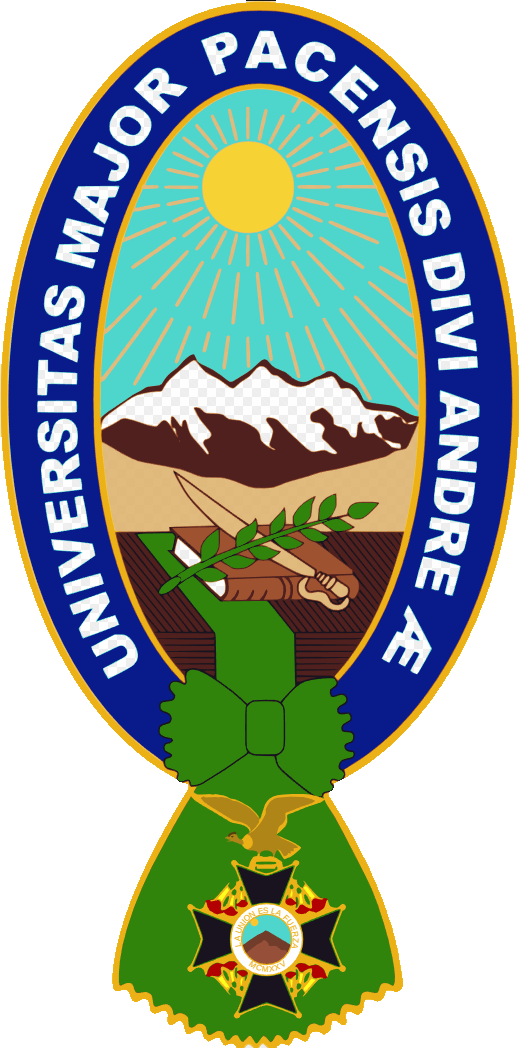Mostrar el registro sencillo del ítem
2-Substituted quinoline alkaloids as potential antileishmanial drugs
| dc.contributor.author | Fournet, Alain | |
| dc.contributor.author | Angelo Barrios, Alcira | |
| dc.contributor.author | Muñoz, Victoria | |
| dc.contributor.author | Hocquemiller, Reynald | |
| dc.contributor.author | Cavé, André | |
| dc.contributor.author | Bruneton, Jean | |
| dc.date.accessioned | 2018-06-19T14:02:44Z | |
| dc.date.available | 2018-06-19T14:02:44Z | |
| dc.date.issued | 1993-04 | |
| dc.identifier.uri | http://repositorio.umsa.bo/xmlui/handle/123456789/16695 | |
| dc.description.abstract | Abstract. Ten 2-substituted quinoline alkaloids isolated from a plant used for treatment of New World cutaneous leishmaniasis have antileishmanial in vitro activities against the extracellular forms of Leishmania spp. BALB/c mice infected with Leishmania amazonensis PH8 or H-142 or Leishmania venezuelensis were treated 1 day after the parasitic infection with a quinoline alkaloid (100 mg/kg of body weight per day) or with reference drug N-methylglucamine antimonate (Glucantime) (56 mg of pentavalent antimony [Sbv] per kg per day) for 14 days. Lesion development was the criterium used to assess disease severity. Two three-carbon chain quinolines [2-n-propylquinoline and 2-(1',2'-trans-epoxypropyl)quinoline (chimanine D)] were more potent than N-methylglucamine antimonate against L. amazonensis PH8, and five quinoline alkaloids [2-(3,4-methylenedioxyphenylethyl)quinoline, cusparine, 2-(3,4-dimethoxyphenylethyl)quinoline, 2-(E)-prop-1'-enylquinoline (chimanine B), and skimmianine] were as effective as the reference drug. Single treatment near the site of infection, 14 days after infection with L. amazonensis, with 2-n-propylquinoline or chimanine B reduced the severity of lesions but less notably than N-methylglucamine antimonate. 2-n-Propylquinoline exhibited significant activity against the virulent strain L. venezuelensis. The active products did not show any apparent toxicities during the experiment. This study is, to our knowledge, the first to show the activity of 2-substituted quinoline alkaloids for experimental treatment of New World cutaneous leishmaniasis. Further investigations of these compounds might yet prove helpful for the development of new antileishmanial drugs. | es_ES |
| dc.language.iso | en | es_ES |
| dc.publisher | Antimicrobial Agents and Chemotherapy | es_ES |
| dc.subject | QUINOLINA | es_ES |
| dc.subject | ALCALOIDES DE QUINOLINA | es_ES |
| dc.subject | DROGAS ANTILEISHMANIAL | es_ES |
| dc.title | 2-Substituted quinoline alkaloids as potential antileishmanial drugs | es_ES |
| dc.type | Article | es_ES |

